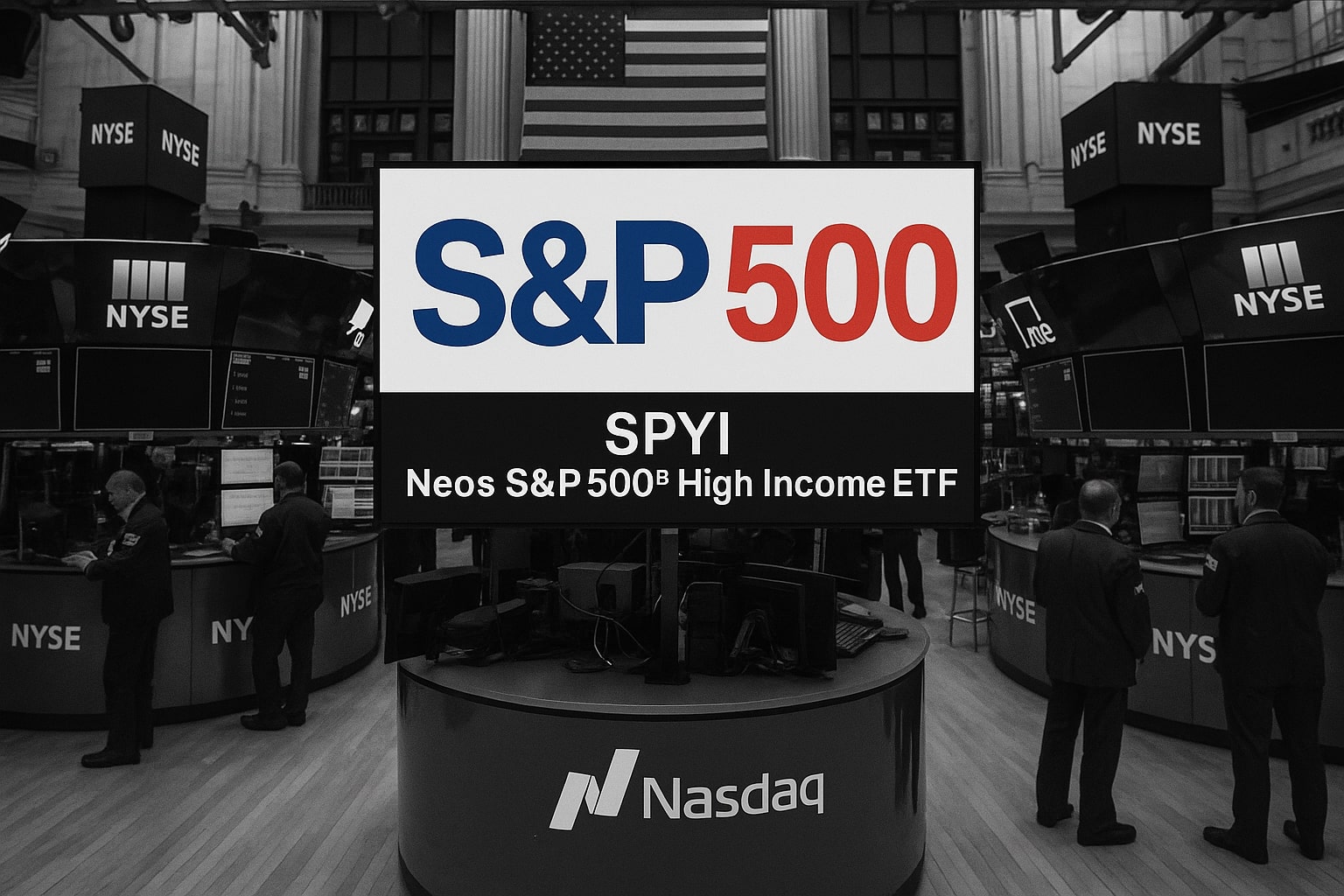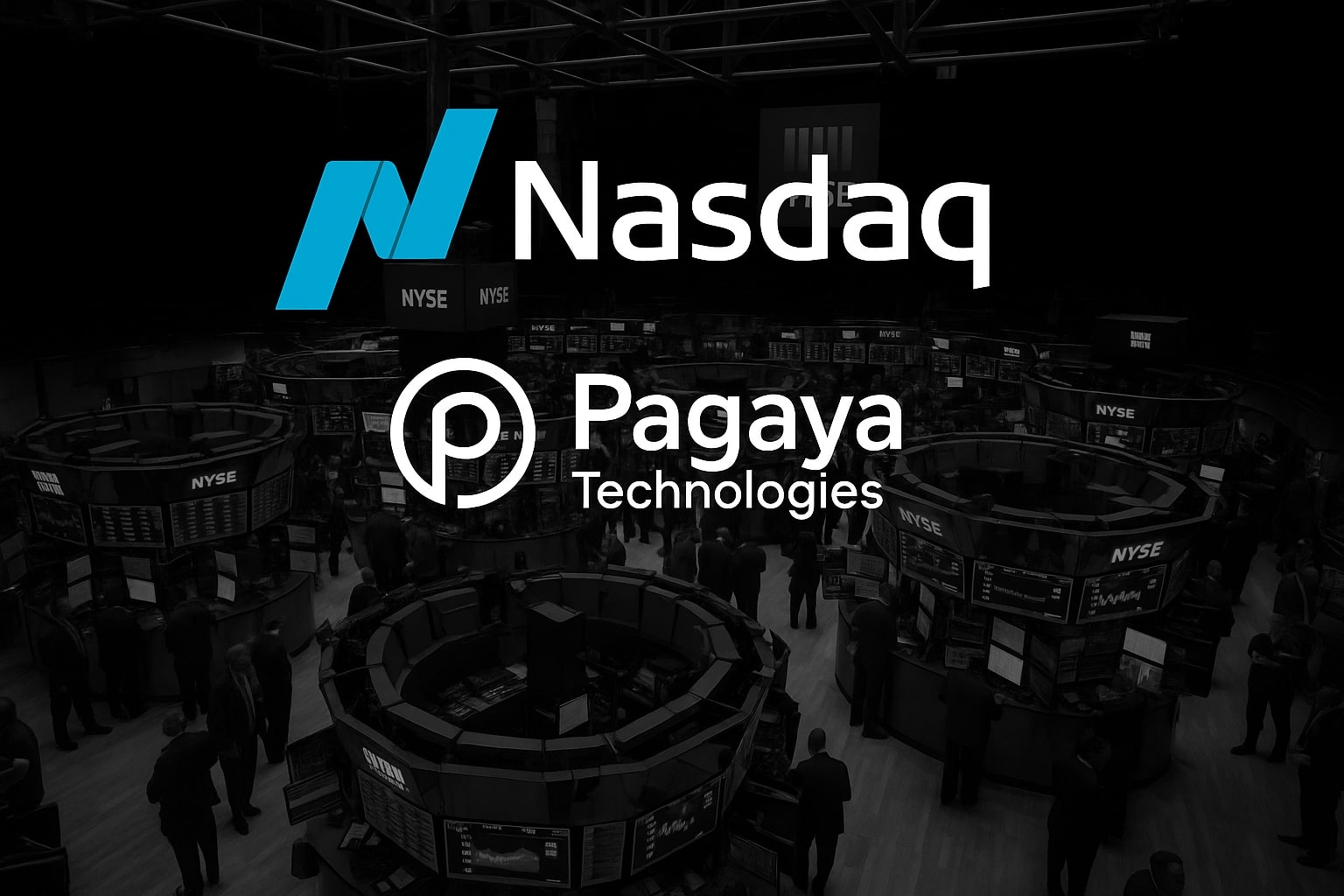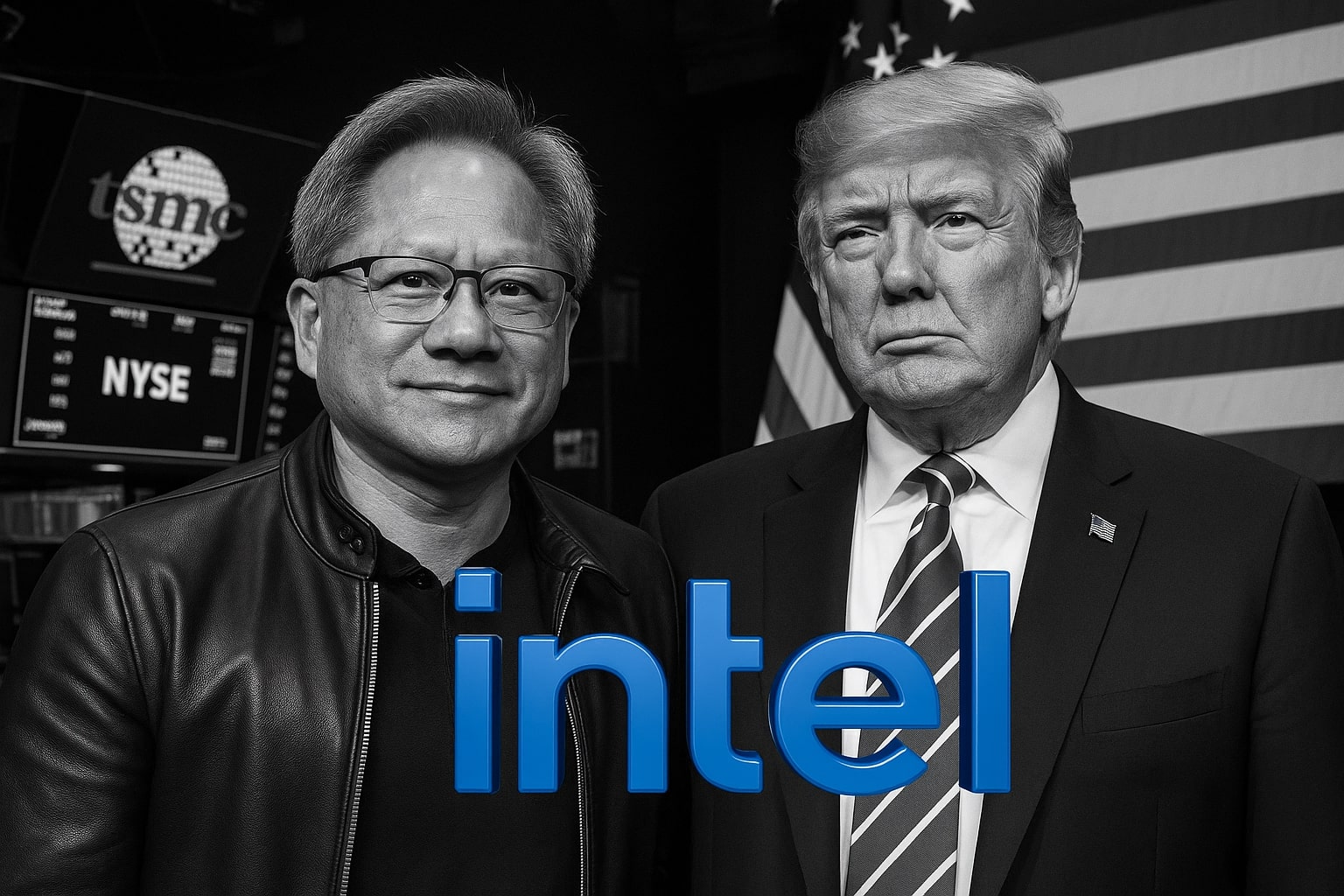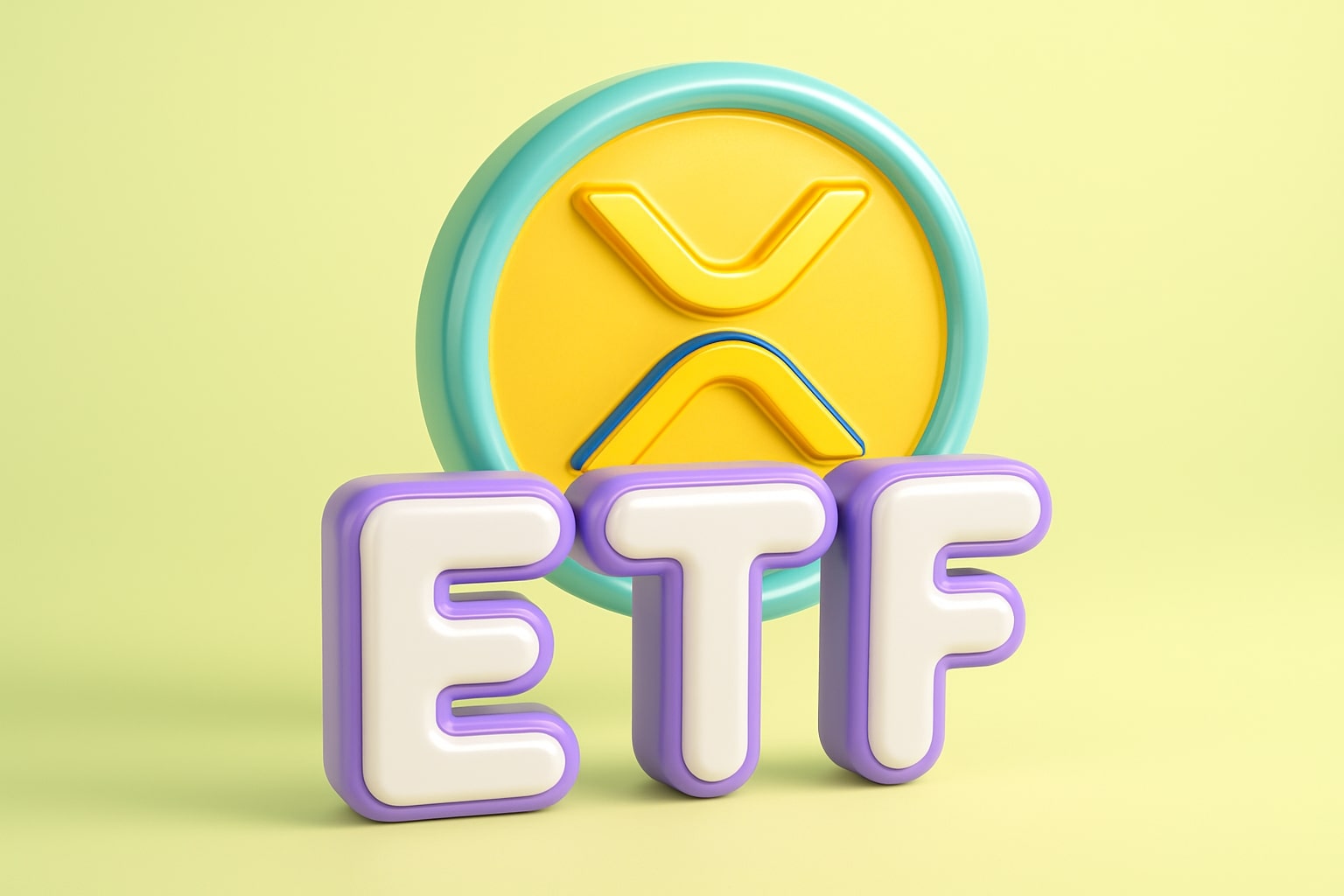
Super Micro Stock Price (NASDAQ:SMCI) Climbs to $48.50 After $12B Design Delays
SMCI surged to $48.50 as management confirmed $33B FY26 guidance despite a $1.5B miss. With AI infrastructure demand accelerating, $12B in delayed design wins now shift to Q2 | That's TradingNEWS
Super Micro Computer (NASDAQ:SMCI) Faces $12B Delay Yet Holds $33B Revenue Vision as AI Infrastructure Demand Accelerates
Revenue Disruption and Market Reaction
Super Micro Computer (NASDAQ:SMCI) ended the week at $48.29, rising 0.77% on Friday with after-hours gains to $48.50, reflecting cautious optimism after a turbulent quarter. The stock is down significantly from its 52-week high of $66.44, yet well above the $17.20 low that defined early 2024. Despite volatility, the company’s market cap stands near $28.7 billion with a forward P/E ratio of 28.9, and a year-over-year revenue expansion of 46.6%, fueled by surging AI infrastructure demand.
The quarter opened with another shock — a $1.5 billion shortfall in FQ1 revenue, landing around $5 billion, versus the expected $6.5–$7 billion range. However, CEO Charles Liang reaffirmed full-year guidance at $33 billion, citing $12 billion in delayed design wins now shifted into the current quarter. The company maintains confidence that these delays stem from timing and logistics, not demand erosion. Liang described “unprecedented levels of customer engagement” in AI liquid-cooled systems and confirmed that “multi-quarter volume deployments” are now scaling across hyperscaler clients.
AI Infrastructure Pipeline and Design Wins
Super Micro’s growth engine remains its dominance in AI rack-scale infrastructure, serving hyperscalers deploying NVIDIA’s GB300 and B300 chips and AMD’s 355X LC systems. The company’s pivot toward Data Center Building Block Solutions (DCBBS) marks a significant evolution — bundling servers, networking, storage, power, and cooling into turnkey AI-ready infrastructure. These integrated systems reduce deployment times for large-scale data centers, effectively making Super Micro an “AI factory assembler.” Early orders under this model contributed to the $12 billion backlog, now expected to convert into deliveries by Q2 FY26.
The growth potential remains extraordinary: with the AI CapEx cycle expanding across global hyperscalers, SMCI’s ability to secure design wins of this magnitude underscores its strategic position in the infrastructure stack. Despite the delays, the company projects 50% annual revenue growth, aiming to match its FY25 performance when sales surged from $15 billion to $22 billion — even amid an accounting controversy that rattled investors earlier in the year.
Margins, Valuation, and Deep Discount Gap
SMCI’s Achilles heel continues to be its margin structure. Gross margins slipped to 9.6%, down from 10.5% a year ago, reflecting cost inefficiencies in balancing scale with profitability. Operating margins rest at 5.7%, lagging far behind Broadcom (AVGO) at 39.3% and NVIDIA (NVDA) at 59.1%, though roughly aligned with Hewlett Packard Enterprise (HPE) at 6.2%. These figures spotlight Super Micro’s execution challenge — building for massive growth while maintaining cost control.
Yet, valuation remains compelling. At below 1x forward EV/revenue (0.97x), SMCI trades at a fraction of peers: Vertiv (NYSE:VRT) trades near 6x, Broadcom at 25x, and NVIDIA above 21x. The forward PEG ratio of 0.375 further emphasizes deep undervaluation, implying the market is discounting the company as a cyclical hardware assembler rather than a high-growth AI infrastructure enabler. Analysts argue that even a partial re-rating toward 1.5x–2x EV/revenue would unlock material upside, especially if gross margins rebound to the targeted 14–17% range.
Technical Momentum and Market Behavior
Technically, SMCI’s chart structure reflects resilience amid volatility. The stock’s 20-week moving average remains above the 50-week, signaling medium-term bullish alignment. Buyers have consistently defended declines since late 2024, forming higher lows that define an emerging uptrend. The $60 resistance remains critical — a breakout above this level could trigger renewed buying momentum and re-rate the stock closer to $70 in short order.
Despite recent revenue disappointments, the absence of aggressive selloffs following guidance downgrades indicates investors are accumulating shares rather than exiting. The current trading band of $47–$55 represents consolidation, not capitulation. A sustained move above $60 would confirm a structural reversal.
Comparative Growth and Competitive Positioning
Super Micro’s growth trajectory outpaces nearly all direct competitors. Revenue up 46.6% YoY eclipses HPE’s 21% and Dell’s modest 18% expansion. With the global data center market entering an AI-intensive phase, SMCI’s vertically integrated approach gives it leverage to deliver end-to-end solutions faster than legacy OEMs. Still, its short interest of 15.58% reflects skepticism tied to execution risk, accounting concerns, and recurring earnings misses.
At a market cap of $28.7 billion, SMCI’s scale is now approaching that of mid-tier semiconductor firms, yet its valuation lags by multiples. Investors appear to be pricing in continued volatility and leadership missteps rather than sustained AI adoption — a disconnect that offers contrarian opportunity if management delivers on its backlog and margin recovery.
Return on Capital and Structural Efficiency
Return on invested capital (ROIC) has quietly improved to 11.9%, now within range of Broadcom’s 13.8%, suggesting incremental efficiency gains. The next challenge lies in optimizing working capital and aligning production cycles with hyperscaler demand. CFO guidance suggests inventory rationalization will ease by early 2026, potentially releasing $1–1.5 billion in free cash flow to support R&D and automation investments.
The company’s accounting overhaul — a lingering drag since FY25 — appears contained. External audits confirmed no misrepresentation in core financials, allowing investor focus to shift back toward operational execution and market share capture.
Investor Sentiment and Analyst Divergence
The analyst community remains split. Seeking Alpha consensus: Buy (3.88/5); Wall Street average: Hold (3.20); Quant model: Hold (2.95). Bulls highlight AI-driven demand, forward sales under 1x, and a recovering execution cycle. Bears focus on recurring margin erosion, the $1.5B quarterly miss, and reputational damage from inconsistent guidance. Yet, technical indicators point to stability: volatility is contracting, RSI rebounded from oversold conditions, and volume accumulation remains steady — signs of investor patience rather than panic
Read More
-
SPYI ETF Yields 11.67% as $7.4T Cash Moves From Money Markets to High-Income ETFs
26.10.2025 · TradingNEWS ArchiveStocks
-
XRPR and XRPI ETFs Power XRP (XRP-USD) to $2.64 as Ripple Prime and $100M Inflows Signal New Bull Phase
26.10.2025 · TradingNEWS ArchiveCrypto
-
U.S. Natural Gas Price (NG=F) Rises as LNG Exports Accelerate and Domestic Prices Surge
26.10.2025 · TradingNEWS ArchiveCommodities
-
USD/JPY Price Forecast - (JPY=X) Poised to Break 153.28 as Fed and BoJ Decisions Drive Price Toward 155.88
26.10.2025 · TradingNEWS ArchiveForex
AI Hardware Cycle and Long-Term Trajectory
Super Micro sits at the core of the AI hardware revolution. With hyperscaler CapEx expected to exceed $500 billion globally by 2027, the company’s modular AI data center designs could unlock recurring revenue streams from maintenance, configuration, and expansion contracts. The DCBBS initiative positions SMCI as not just a supplier but a system integrator for AI infrastructure — a role that can elevate valuation multiples closer to high-margin peers.
Verdict: BUY with Tactical Risk
After consolidating across all available data, Super Micro Computer (NASDAQ:SMCI) represents one of the market’s most asymmetric risk/reward profiles. The company’s $33 billion FY26 revenue guidance, $12 billion in delayed design wins, and sub-1x valuation define a rare dislocation between growth and perception. Execution risk remains high, but so does upside potential. If margins recover toward 14–15% and revenue stabilizes at current run rates, SMCI could justify a price target between $65–$75 within 6–12 months.
For now, SMCI is a BUY, supported by accelerating AI infrastructure demand, design win visibility, and valuation compression that has gone too far. The road remains volatile, but the market appears to be underpricing one of the most crucial infrastructure providers of the AI era. Real-time chart tracking is available here.


















